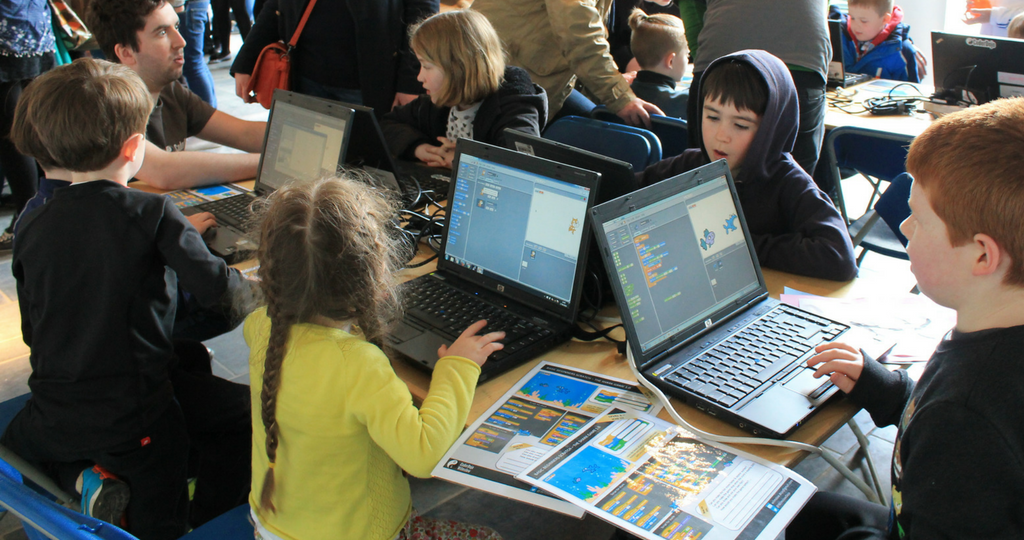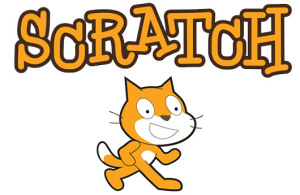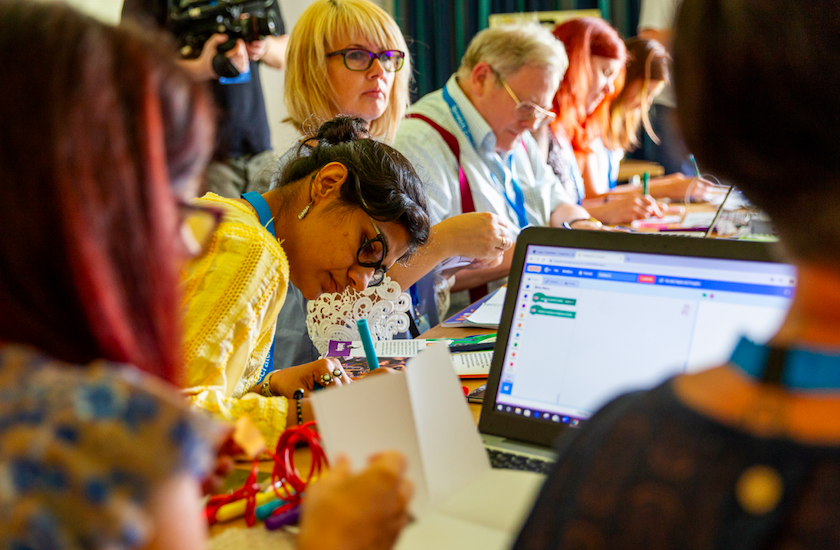
3rd January 2017
A year in the life of a Dojo—Planning your Dojo
Dojo topics and layout
Assuming you’ve already managed to put together a team of Mentors and Volunteers to help run your Dojo, secured a venue and chosen a schedule, you need to get everyone together. Discuss, in person, over email or via Skype, a number of key questions around how you are actually going to run your Dojo sessions. Everyone involved in the running of the Dojo should know the outcome of these discussions before the first Dojo session, to avoid any confusion.
Topics
 Depending on the interests and skills of your technical Mentors and, if you’ve been running for a while, your Dojo’s Ninjas, you need to decide what topics you’re going to cover. A topic can be something as specific as “The Scratch Sushi Cards” or as broad as “A space where kids can work on their own, self-directed, projects”. You just need to work out what you have the resources to do well. There are pros and cons to all topics, see three great ways to start coding and the benefits and challenges of each here.
Depending on the interests and skills of your technical Mentors and, if you’ve been running for a while, your Dojo’s Ninjas, you need to decide what topics you’re going to cover. A topic can be something as specific as “The Scratch Sushi Cards” or as broad as “A space where kids can work on their own, self-directed, projects”. You just need to work out what you have the resources to do well. There are pros and cons to all topics, see three great ways to start coding and the benefits and challenges of each here.
 If your Dojo is completely new, then it’s worth considering starting with some of the “classic” CoderDojo topics, as the Community will have lots of experience and advice for you. These include things like Scratch and HTML & CSS . However, if your Mentors have particular areas of expertise that they’re enthusiastic about and think they can deliver in the CoderDojo format, then absolutely give those a shot!
If your Dojo is completely new, then it’s worth considering starting with some of the “classic” CoderDojo topics, as the Community will have lots of experience and advice for you. These include things like Scratch and HTML & CSS . However, if your Mentors have particular areas of expertise that they’re enthusiastic about and think they can deliver in the CoderDojo format, then absolutely give those a shot!
New Ninjas at your Dojo
A common theme across all the Dojos I talked to was having something that was accessible to beginner/first-time Ninjas running at all times. In most cases this was a Scratch group that allowed Ninjas to tackle their own projects with Mentor assistance and, potentially, the support of handouts/Sushi Cards. In once case it was a short “loop” of basic HTML & CSS that transferred Ninjas to a HTML & CSS project group after a few Dojos.
Physical layout
How are you going to use your venue to best effect? In the Dojos I spoke with the preference was, universally, to break our Ninjas up by the topic they were working on. This helps encourage collaboration.
Educational content
Once you’ve chosen the specific topics for your Dojo you need to decide how you’re going to present them. While the natural instinct of many Mentors, myself included, when preparing for their first few Dojos is to use a classroom-like format—where one Mentor stands at the top of the room and goes through examples on a whiteboard or a projector—this isn’t what we’d ultimately recommend.
 A classroom style can work, but it gives the Dojo a bit of school-like feel, taking some of the fun and energy out of it. Additionally, it creates a situation where that one Mentor, who’s leading this set of sessions, can be the single point of failure for that topic: If they’re not available, for whatever reason, you may not be able to pick up where they left off.
A classroom style can work, but it gives the Dojo a bit of school-like feel, taking some of the fun and energy out of it. Additionally, it creates a situation where that one Mentor, who’s leading this set of sessions, can be the single point of failure for that topic: If they’re not available, for whatever reason, you may not be able to pick up where they left off.
The solution to this issue is to use some form of educational content, rather than relying on the knowledge of your Mentors. Mentors then serve to troubleshoot issues and help Ninjas move on to personal projects that may have unique issues. This is usually more fun for the Mentors too!
Finding educational content
While you can always search the web for resources yourself, the CoderDojo website’s resources section is also a great place to start. From there you can find our projects site with hundreds of projects in over 20 different languages, as well as our Foundation’s educational, training and organisational resources.
Creating educational content
Even if you’re planning to deliver the content personally, in your Dojo, turning in into a form of written content offers several advantages:
- You can share it with your fellow Mentors in advance, so they can prepare
- If you’re sick, or otherwise can’t get to the Dojo, it becomes much easier for someone to take over from you
- You can hand the material out to Ninjas, allowing them to move at their own pace rather than matching yours
- You can share them with the community on one of our community channels.
